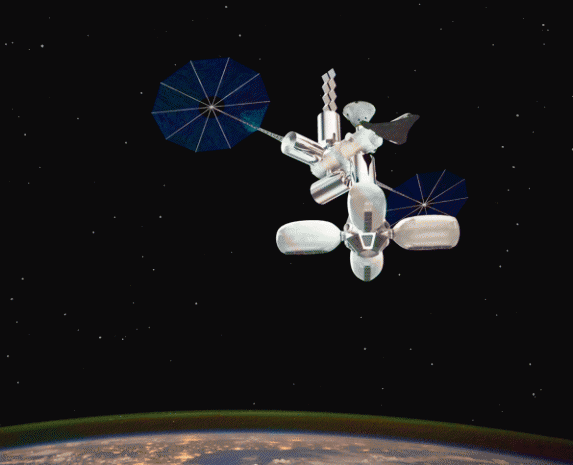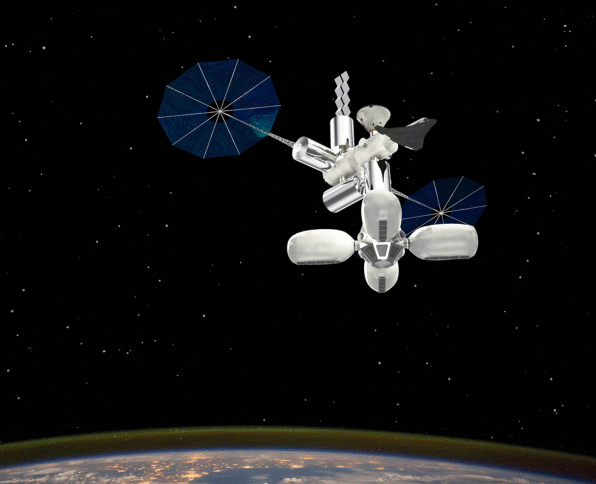
Breaking News
 Trump pardons Mets legend, 'Celebrity Apprentice' alum Darryl Strawberry over tax evasion co
Trump pardons Mets legend, 'Celebrity Apprentice' alum Darryl Strawberry over tax evasion co
 You WON'T BELIEVE How Much Money We're REALLY Sending To Israel!
You WON'T BELIEVE How Much Money We're REALLY Sending To Israel!
 China CANCELS U.S. Soybean Order?! Joel Salatin
China CANCELS U.S. Soybean Order?! Joel Salatin
 Ep 38 Jonathan Haidt: on The Anxious Generation: Childhood in Social Media Age & Fragile College ...
Ep 38 Jonathan Haidt: on The Anxious Generation: Childhood in Social Media Age & Fragile College ...
Top Tech News
 HUGE 32kWh LiFePO4 DIY Battery w/ 628Ah Cells! 90 Minute Build
HUGE 32kWh LiFePO4 DIY Battery w/ 628Ah Cells! 90 Minute Build
 What Has Bitcoin Become 17 Years After Satoshi Nakamoto Published The Whitepaper?
What Has Bitcoin Become 17 Years After Satoshi Nakamoto Published The Whitepaper?
 Japan just injected artificial blood into a human. No blood type needed. No refrigeration.
Japan just injected artificial blood into a human. No blood type needed. No refrigeration.
 The 6 Best LLM Tools To Run Models Locally
The 6 Best LLM Tools To Run Models Locally
 Testing My First Sodium-Ion Solar Battery
Testing My First Sodium-Ion Solar Battery
 A man once paralyzed from the waist down now stands on his own, not with machines or wires,...
A man once paralyzed from the waist down now stands on his own, not with machines or wires,...
 Review: Thumb-sized thermal camera turns your phone into a smart tool
Review: Thumb-sized thermal camera turns your phone into a smart tool
 Army To Bring Nuclear Microreactors To Its Bases By 2028
Army To Bring Nuclear Microreactors To Its Bases By 2028
 Nissan Says It's On Track For Solid-State Batteries That Double EV Range By 2028
Nissan Says It's On Track For Solid-State Batteries That Double EV Range By 2028
MIT Envisions The First Space Hotel

How do you make research in space less expensive? Why not build a space station where half of the structure functions as a luxury hotel–and the other half belongs to NASA's astronauts?
That's the idea behind the Managed, Reconfigurable, In-space Nodal Assembly (or MARINA, for short), a conceptual design from five MIT graduate students that recently won the graduate division of NASA's Revolutionary Aerospace Systems Concepts design competition. Acting as a tenant of the space hotel concept would cost NASA about $360 annually–drastically less than what it costs to operate the International Space Station. It would save 16% of NASA's overall budget–about $3 billion per year.

According to Matt Moraguez, a graduate student in MIT's Department of Aeronautics and Astronautics who led the proposal, MARINA has a modular design, with standardized interfaces that could connect any single point on the structure to any other. This standardization would allow other companies to create products and services for people living on MARINA–and create more possibilities for monetizing valuable space. Modularity would also enable the structure to transform into a vehicle for transporting people to Mars.

 Carbon based computers that run on iron
Carbon based computers that run on iron

